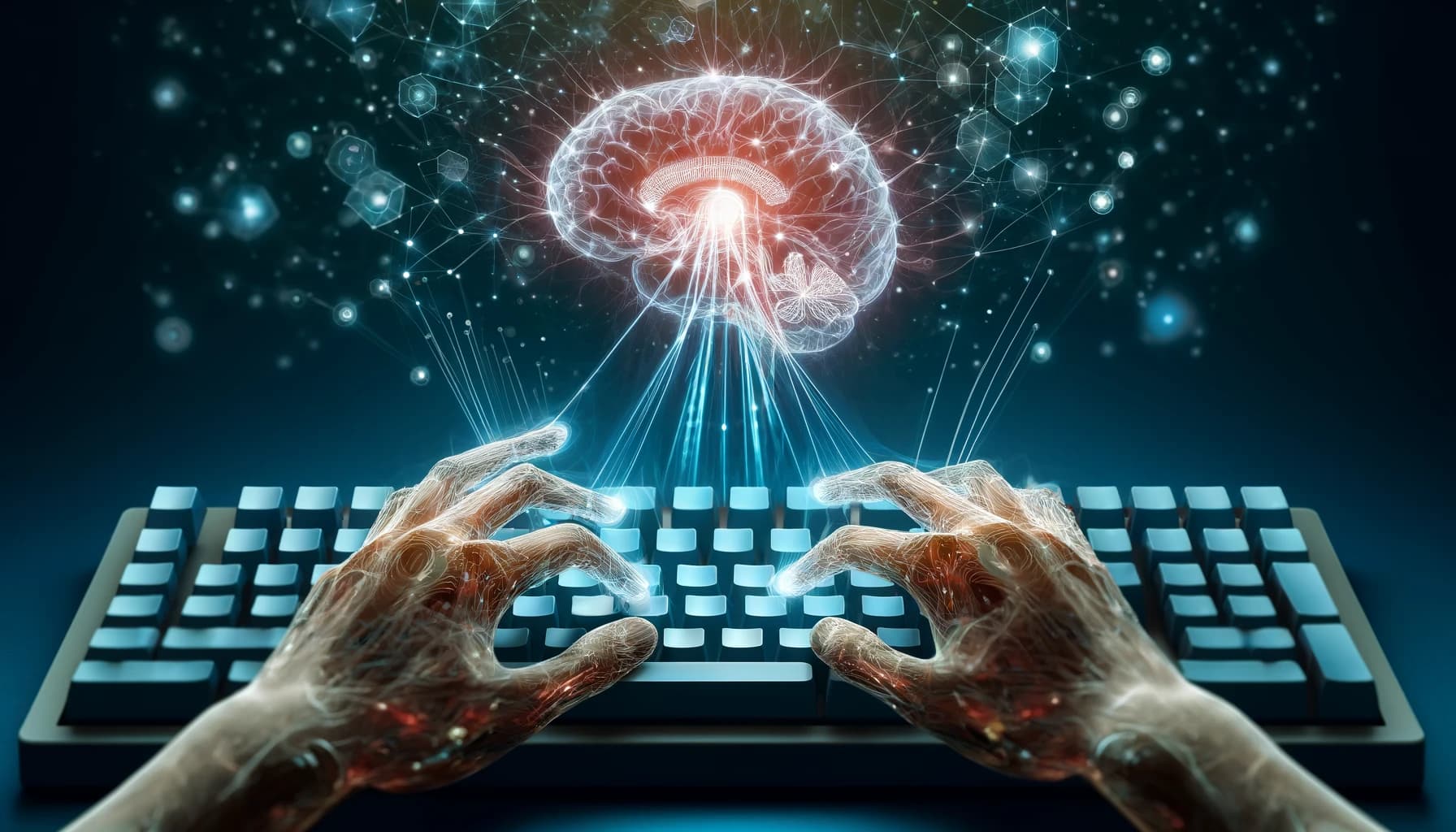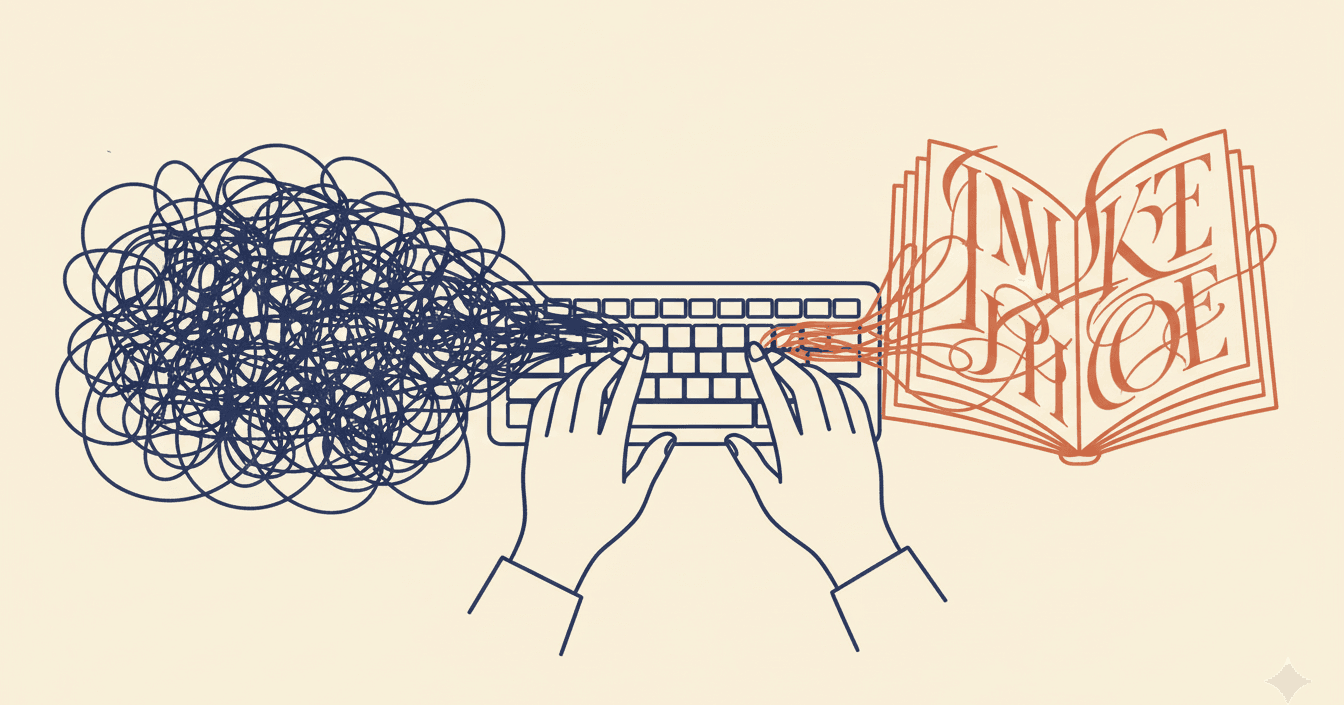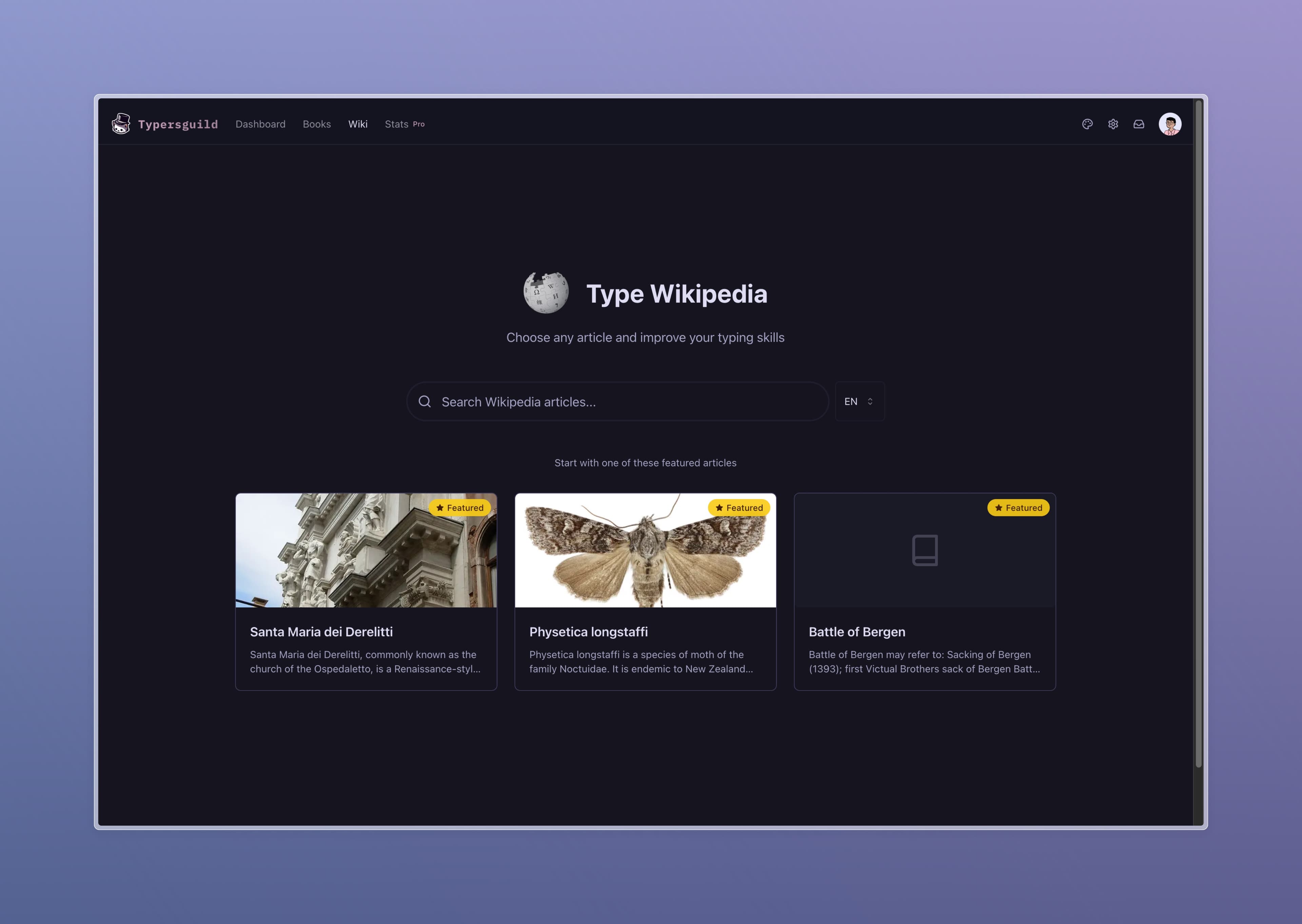The Science Behind Muscle Memory and Typing

In today's fast-paced digital world, typing is not just a skill; it's a necessity. Whether crafting an email, programming, or entering data, efficient typing can save precious hours each week. But have you ever wondered how some people type effortlessly without glancing at their keyboards? The answer lies in a fascinating aspect of our neurology known as muscle memory. This article delves into the science behind muscle memory and its significant impact on typing proficiency.
Understanding Muscle Memory
Muscle memory, or motor learning, is a form of procedural memory that involves consolidating a specific motor task into memory through repetition. When you practice typing, you're not just learning where the keys are; you're training your brain to automate the movement patterns required to hit those keys accurately.
Neurologically, this process involves the strengthening of connections between neurons in the brain. The more you practice a specific task, the more efficient these neural pathways become, requiring less conscious effort to activate. This is why experienced typists can type quickly and accurately without looking at their keyboard; their brains have optimized the neural pathways needed for typing.
The Role of the Brain in Muscle Memory
Muscle memory is a bit of a misnomer, as the memory involved in remembering how to perform tasks is actually stored in the brain, not in the muscles. The primary regions involved in muscle memory related to typing are:
The Motor Cortex:
Controls voluntary movements and improves in efficiency as you practice typing.
The Cerebellum:
Plays a crucial role in coordination and precision, both vital for hitting the right keys.
The Basal Ganglia:
Involved in the development of habits and patterns, such as the finger movements in typing.
As these areas of the brain work together and improve through practice, the act of typing becomes more automatic and less reliant on conscious thought.
Building Muscle Memory for Typing
To develop muscle memory for typing, consistent practice is key. Here are some tips to enhance your typing skills:
Regular Practice:
Dedicate time each day to practice typing. Even short, daily sessions are more effective than long, sporadic ones.
Focus on Accuracy Before Speed:
Accuracy builds a strong foundation. Speed will naturally increase as your accuracy improves.
Use Proper Technique:
Learn the correct finger placement and ergonomics to prevent strain and increase efficiency.
Challenge Yourself:
Gradually increase the difficulty of your practice sessions by introducing more complex texts or reducing visual cues (like looking at the keyboard).
The Benefits of Improved Muscle Memory in Typing
Enhancing your typing muscle memory has numerous benefits, including:
Increased Productivity:
Faster typing speeds can significantly cut down on the time it takes to complete tasks.
Reduced Cognitive Load:
When typing becomes automatic, you can focus more on content and less on the act of typing itself.
Ergonomic Benefits:
Proper typing technique can reduce the risk of repetitive strain injuries common in frequent computer users.
Conclusion
The journey to becoming a proficient typist is a testament to the incredible adaptability of the human brain. Through understanding and leveraging the science of muscle memory, anyone can improve their typing skills, leading to greater efficiency and comfort in the digital age. As you continue to practice and refine your typing technique, remember that each keystroke is not just a press of a button but a step toward mastering an essential modern skill.


